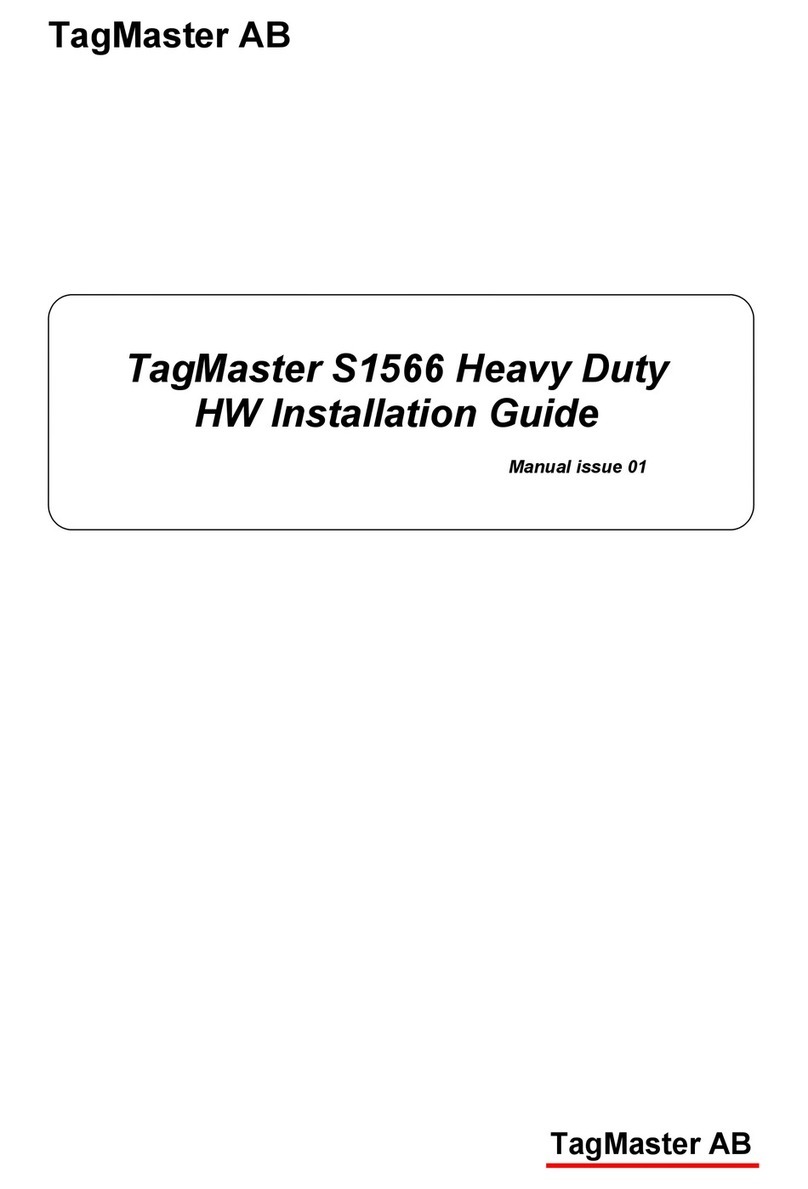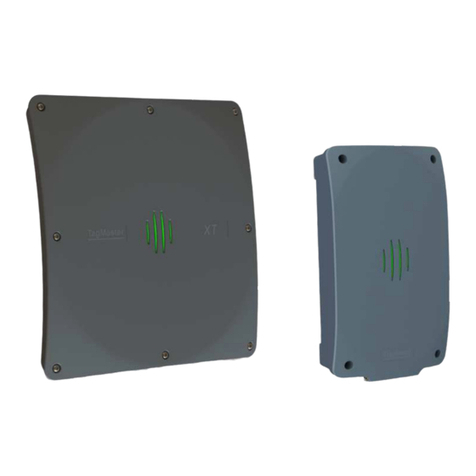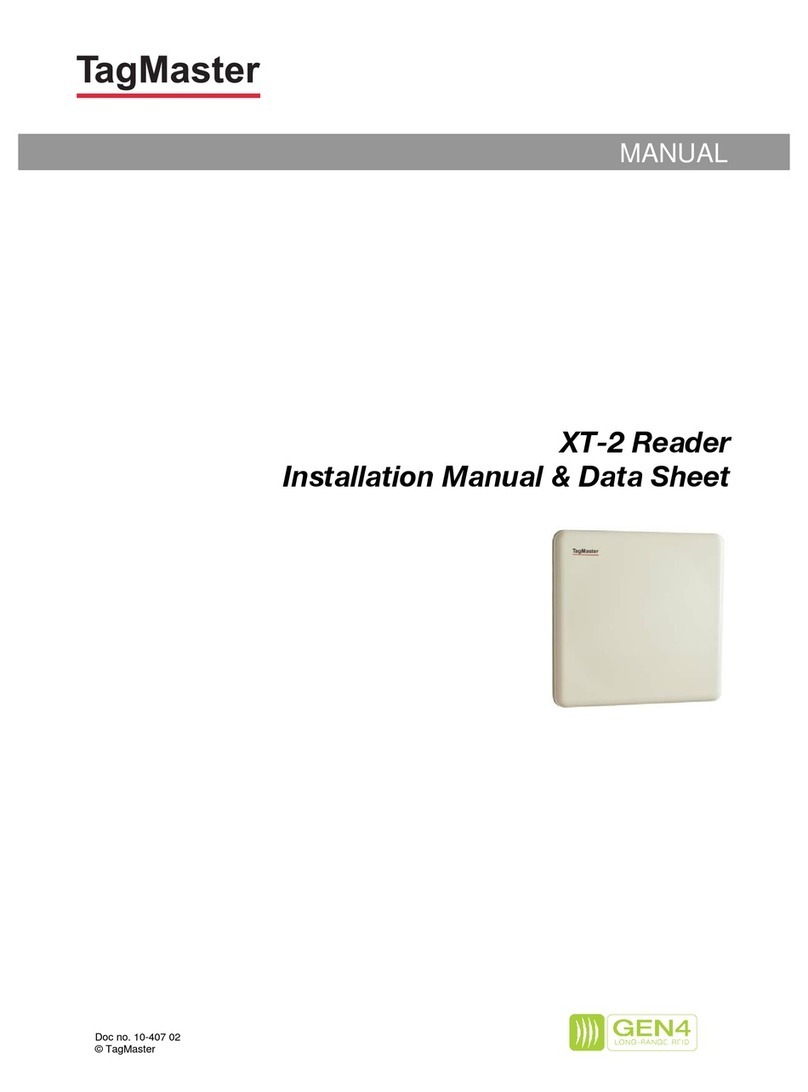
XT-1 Installation Manual 13-111 02, 2014-RO-012, 2014-04-30
Page 3 of 32
Table of Contents
1 Introduction 4
Overview........................................................................................................4
Tags ..............................................................................................................4
Security and SecureMarkID
®
.........................................................................4
2 Installation 4
Safety Instructions.........................................................................................4
Mounting Instruction ......................................................................................5
2.2.1 General......................................................................................................5
2.2.2 Dimensions................................................................................................6
3 Interfaces 7
Cables...........................................................................................................7
Wires.............................................................................................................9
3.2.1 Terminal Connections................................................................................9
3.2.2 Ethernet and USB......................................................................................9
Power Supply ..............................................................................................10
Wiegand/Magstripe......................................................................................11
3.4.1 Wiegand Timing.......................................................................................12
3.4.2 Magstripe Timing......................................................................................12
Ethernet.......................................................................................................13
RS232 .........................................................................................................14
RS485 .........................................................................................................15
Inputs...........................................................................................................17
Relay...........................................................................................................18
USB.............................................................................................................19
DIP Switches...............................................................................................20
3.11.1 Interface Configuration DIP Switch (S301)...............................................20
3.11.2 Software Configuration DIP Switch (S101)...............................................20
Light and Sound...........................................................................................21
MicroSD Memory Card Slot .........................................................................21
4 Configuration 22
Easy Configuration ......................................................................................22
Web Interface..............................................................................................23
4.2.1 Start.........................................................................................................24
4.2.2 Information...............................................................................................24
4.2.3 Settings....................................................................................................24
4.2.4 Web Tools................................................................................................26
4.2.5 Documentation.........................................................................................27
4.2.6 Reboot.....................................................................................................27
Firmware Upgrade.......................................................................................27
Factory Defaults...........................................................................................27
5 TAGP Communication Protocol 28
6 Troubleshooting 29
7 Definitions and Abbreviations 29
8 References 29
9 Technical Specification 30






























